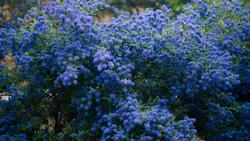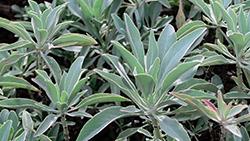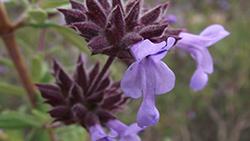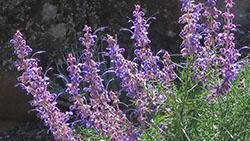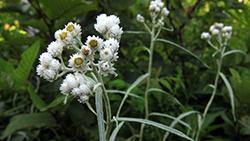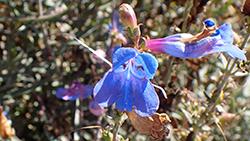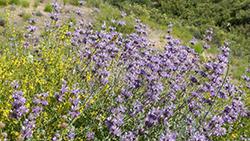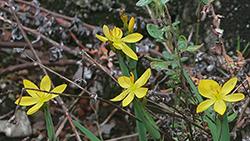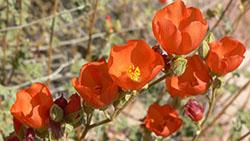News from the Edible Demo Garden
November 2021: Integrating Native Plants in Your Edible Garden
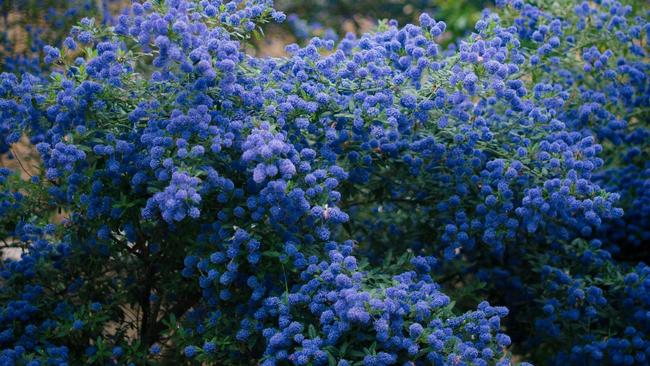
Natives help you reduce water use
With drought conditions, many people are replacing their higher water use ornamentals or even lawns with native plants. With some native plants like our beautiful Ceanothus, you can stop irrigation totally once the plant is established. Many other plants, like Penstemon, and Salvias require no summer irrigation at all. As we experience more drought years, native plants will be essential for providing needed ornamentals in our landscaping. But why would we need these plants in an edibles garden?
They attract animal life that edible plants need
Native plants attract butterflies, insects, birds, and other animals by providing a consistent supply of nectar, pollen and seeds. They support a steady population of beneficial insects, both insects that pollinate and those that control pests. Native plants aid all kinds of pollinators including native bees, butterflies, moths, and other insects that pollinate our edibles. They also provide natural pest control by bringing to our gardens both predators and parasitic wasps, one of the most important biological controls that gardeners have. Predators like the aphid-eating lady beetle can find refuge under the plants, as well as native bees a nesting site for over-wintering. With native plants in your garden, you have built-in pollinators and pest control.
Natives support a healthy environment
Native plants have evolved to thrive in our native soil. Fertilizers are not needed and in fact, natives do not like rich soil or added compost. Also, because they are so great at attracting insects and animals that control garden pests, there is no need or less need for pesticides in your garden.
Easy to care for
At the end of the summer in the edibles garden, our team spends a lot of time cleaning up plant debris and adding compost to our soil. Native plants need none of this except for some deadheading of flowers and cutting back. For natives, it is best to do minimal ground clean up in the fall so that beneficial insects have the protection to successfully over-winter and emerge healthy in the spring. The native plant area decreases the impact of the more intense edibles clean up that is necessary to reduce diseases in the soil. Our beneficial insects will have their own refuge for the winter.
If you are considering adding some natives to your garden this fall, here is the list of plants that the Native Plant Guild chose for ours. This was an amazing gift to our garden.

